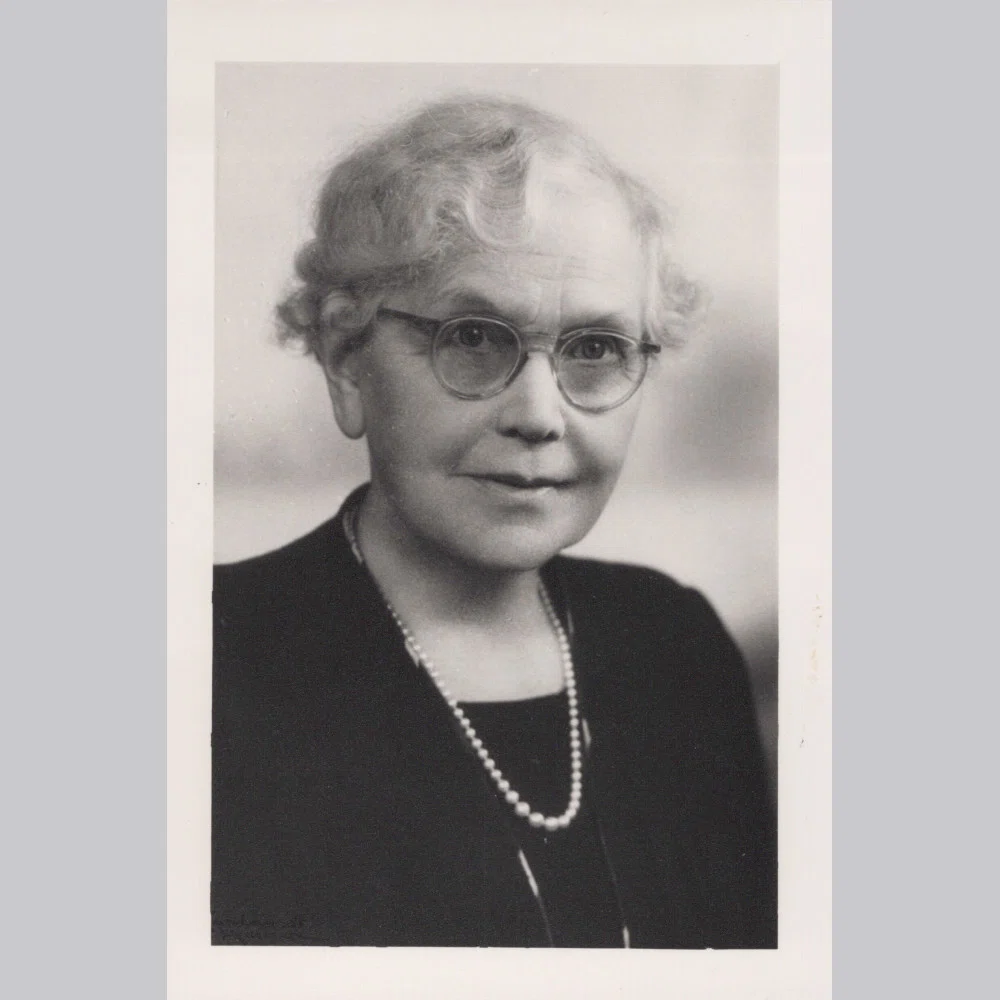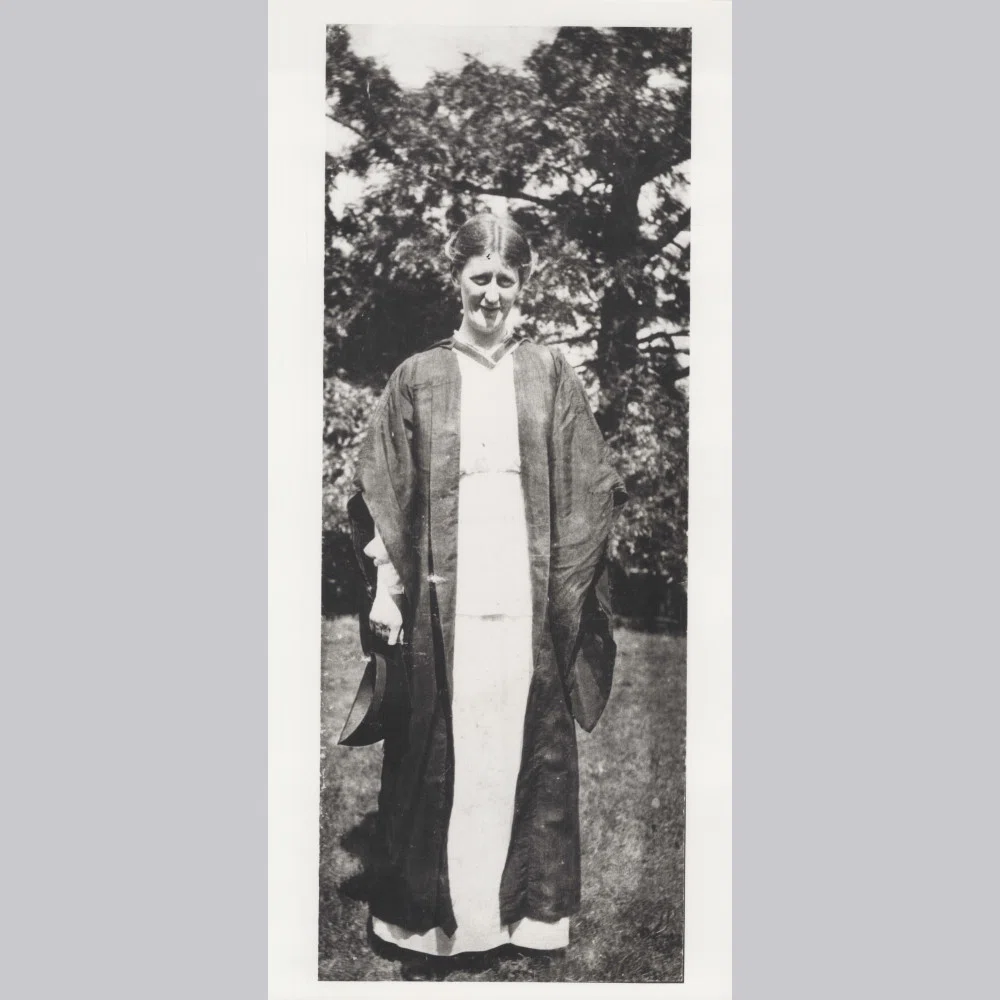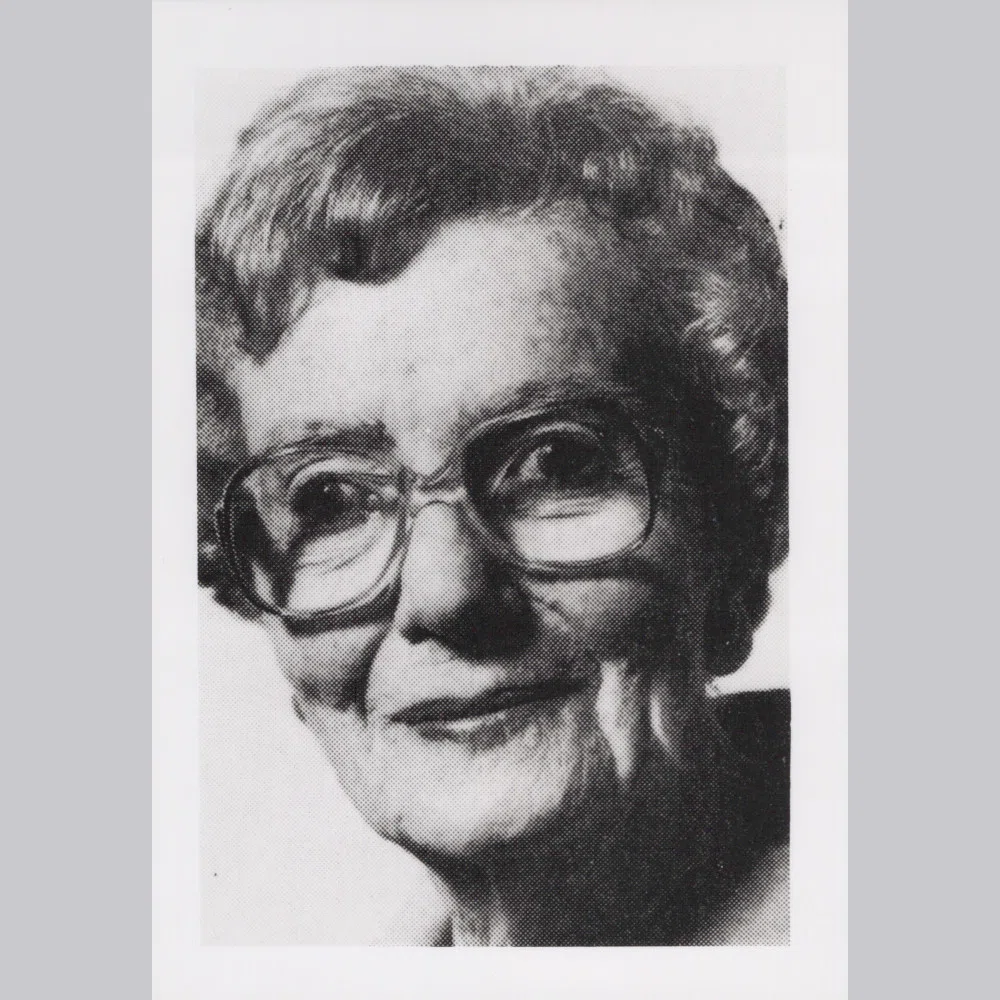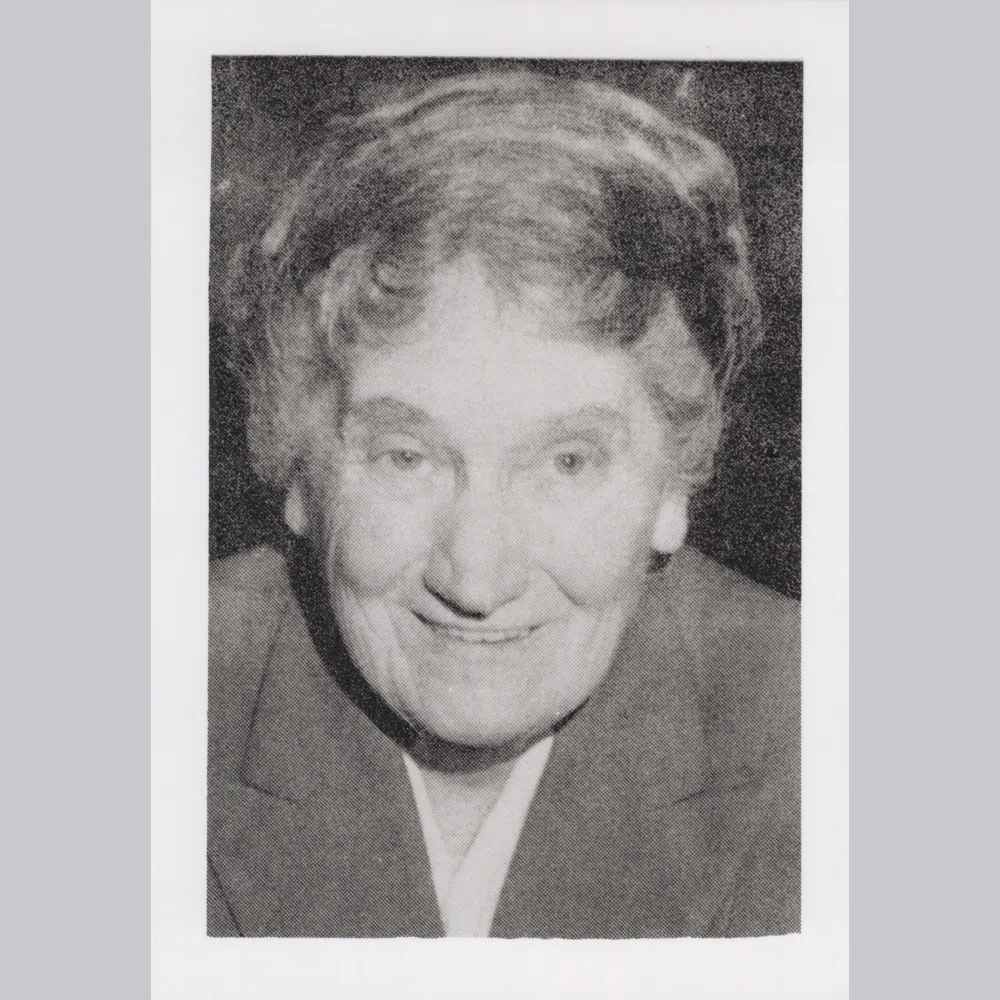

Our College Roll –
A remarkable
historical resource
Our College Roll –
A remarkable
historical resource
Catherine Storey OAM MB BS MSc FRACP
Chair – Library, Collections and Cultural Committee of the
Royal Australasian College of Physicians.
The College Roll provides an extraordinary insight into physicians’ lives and achievements and offers a unique opportunity to appreciate the evolving diversity of RACP Fellows.
In 1855 William Munk (1816-1898), Fellow and later Harveian Librarian of the Royal College of Physicians (London), completed an account of all the Fellows and Licentiates of this College – from its inauguration in 1518 to 1600. He subsequently completed the biographies of all Fellows up to 1800.
This Roll of The lives of the Fellows, commonly known as Munk’s Roll, continues to the present, although it is now known as Inspiring Physicians. These unique individual stories provide an extraordinary insight into physicians’ lives, times and achievements over more than five centuries. The Roll is an exceptional historical resource for reviewing the changing pattern of medical practice through the lives behind these stories.
Our College also has a Roll that dates from its inauguration in 1938, just over 80 years ago. This also provides a unique opportunity to appreciate the evolving diversity of the Fellows of the RACP. There are extraordinary stories about ‘ordinary’ physicians whose lives may not appear in any other format.
Such an example comes from our first ladies of the College. There were over 200 Foundation Fellows at the inauguration; only five of these were women: Helen Mayo OBE MB BS MD FRACP from South Australia; Kate MacKay OBE MBBS MD FRACP from Victoria; (Elaine) Marjory Little BSc MB BS FRACP FRCPA; Margaret Harper MB ChM FRACP; and Eva Shipton CBE BSc MB ChM FRACP FRC Path FRCPA from New South Wales. The College Roll includes their short biographies, which tell the remarkable stories of these extraordinary women.
We can learn about the inequities in educational opportunities for women of this era, their struggles to complete a medical degree, the obstacles to achieving positions in public hospitals, both in junior and senior roles, and the openings offered by the intervening World War I which they seized. Their stories go beyond their ultimate achievements, recording their backgrounds, educational experiences, training opportunities and personal lives.
We can also look at how these determined women overcame many obstacles. With the inability to achieve professional hospital positions, they established their own hospitals – ‘hospitals for women by women’ – the Queen Victoria Hospital (1896) in Melbourne and the Rachel Forster Hospital for Women and Children (1922) in Sydney.
With the increasing cultural and societal diversity of the Fellows of the RACP, we need to record these personal stories. In the past, eulogies or obituaries were the usual source of material, but now Fellows (particularly recently retired Fellows) are encouraged to contribute their narratives using our author guidelines. A comprehensive Roll will be an invaluable source of material for future historians.
Further reading: Storey CE. Discovering the women ‘Foundation Fellows’ of the Royal Australasian College of Physicians. Internal Medicine Journal 2020. 50:1009–1013.








